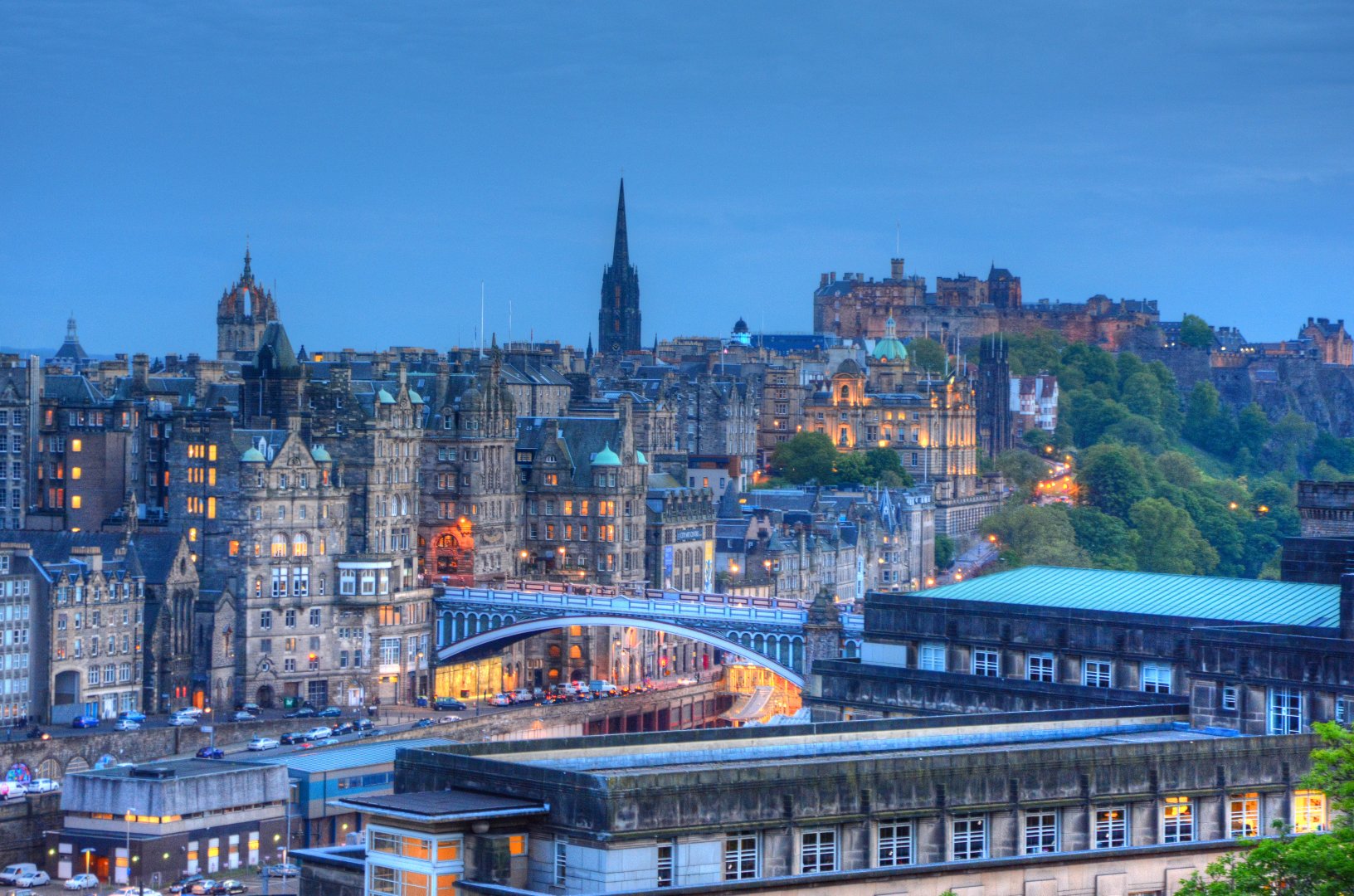
IS18 - Rough Wall Turbulent Boundary Layers, Hull Roughness and Biofouling
The drag and energy expenditure of ships is often dominated by the turbulent boundary layers that form over the hull of the vessel. These hulls are almost never hydrodynamically smooth. Straight from dry-dock the hull is often roughened by the effects of paint finish, weld seams and docking blocks. This surface state generally worsens in time due to coating degradation and biofouling (the settlement of marine organisms onto the hull). The skin friction drag due to this highly roughened hull state can be >100% higher than the ideal smooth case, leading to increased fuel usage, emissions, and other operational issues across the global fleet. This invited session aims to bring together a diverse range of experts working across this broad problem, with the aim of fostering cross-disciplinary collaboration to address this important issue. This might include experimentalists or numericists with expertise in rough wall bounded turbulence, those who seek to model or predict the effects of roughness on drag, those with field or operational expertise relating to this issue, and those directly engaged in controlling of mitigating this problem, such as regulators, marine coatings, or marine fouling specialists.

